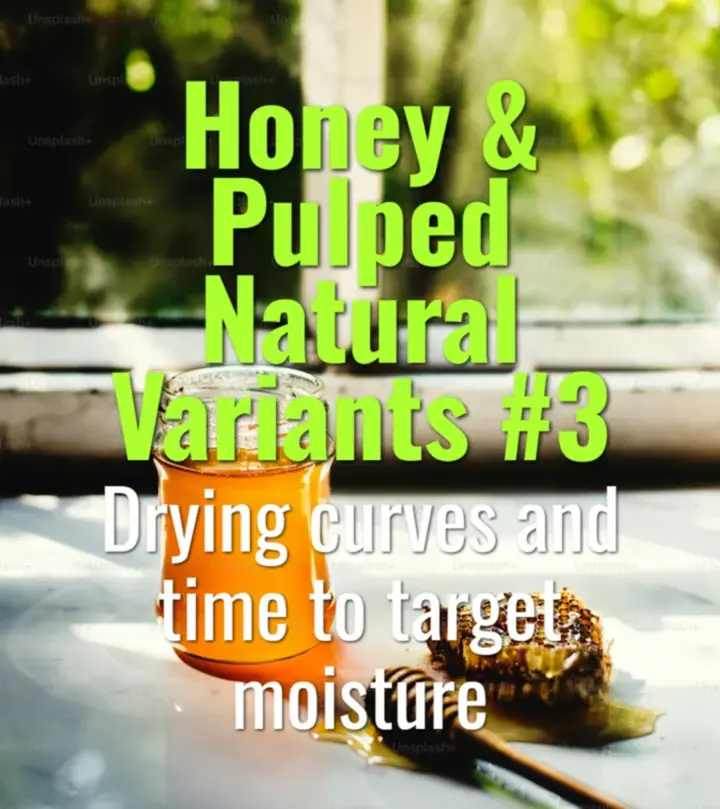
Drying curves and time to target moisture
This topic explains drying curves in honey and pulped natural processes, how time to reach target moisture is managed, and why controlled drying is essential for flavor and stability.

This topic explains drying curves in honey and pulped natural processes, how time to reach target moisture is managed, and why controlled drying is essential for flavor and stability.
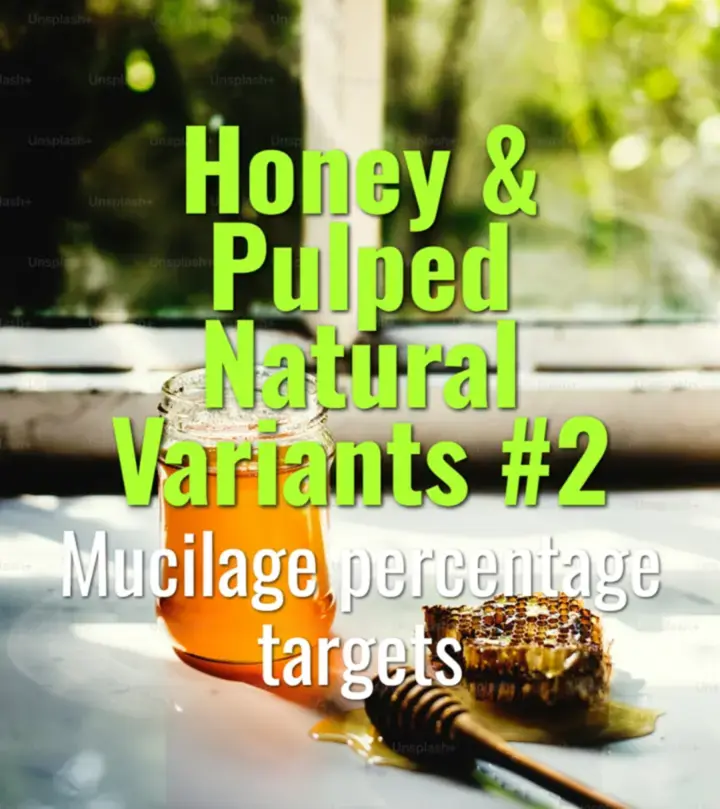
This topic explains how mucilage percentage targets define honey and pulped natural processes, the methods used to control them, and how different levels affect flavor and risk during drying.
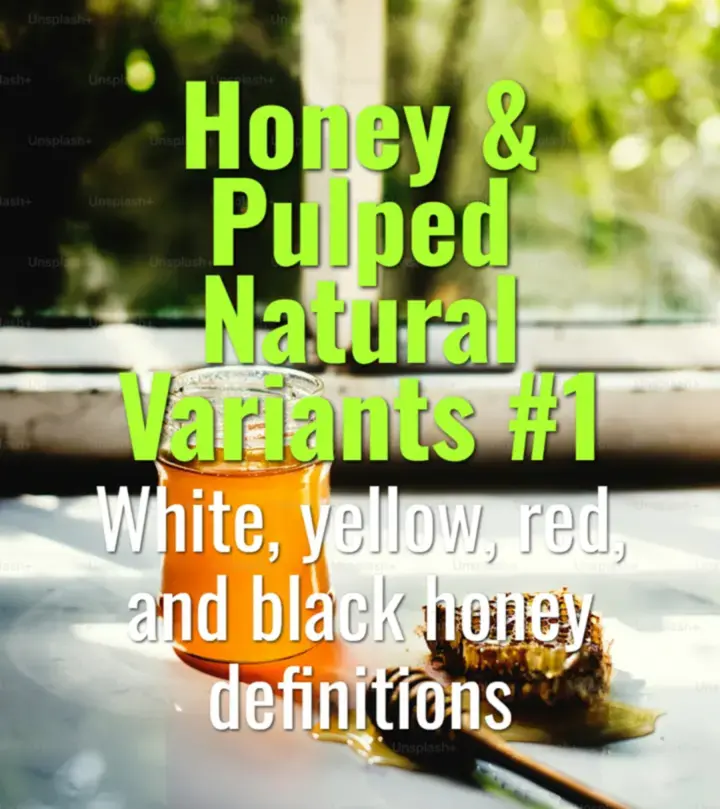
This topic explains the color-coded honey process variants—white, yellow, red, and black—how they differ in mucilage retention and drying practices, and how these differences influence flavor outcomes.

This topic explains how lots are built and graded in natural (dry) coffee processing, why these steps are critical for consistency, traceability, and market classification, and how they influence final value.
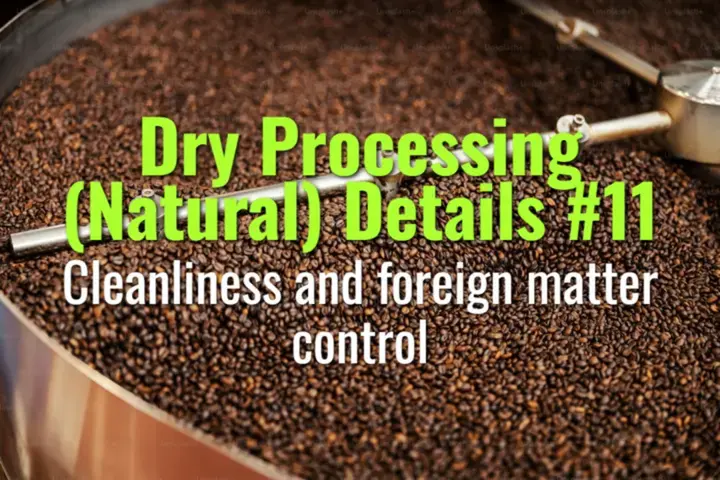
This topic explains why cleanliness and foreign matter control are critical in natural (dry) coffee processing, the common contaminants that occur, and how producers prevent them to protect quality and safety.
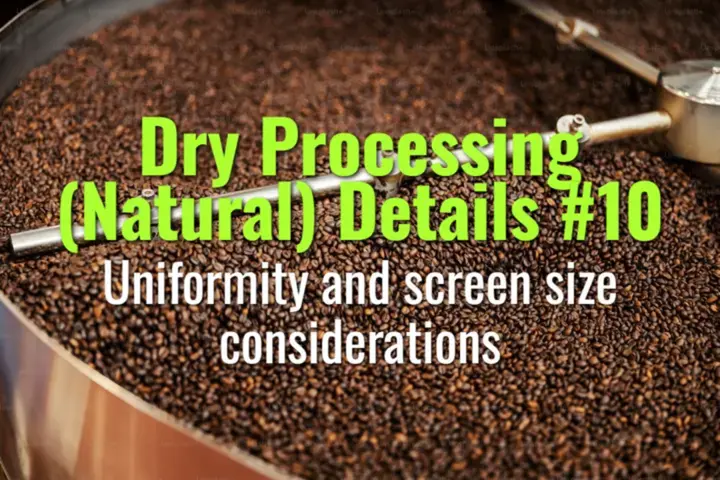
This topic explains why uniformity and screen size are important in natural (dry) coffee processing, how they are managed, and their influence on cup quality and market grading.